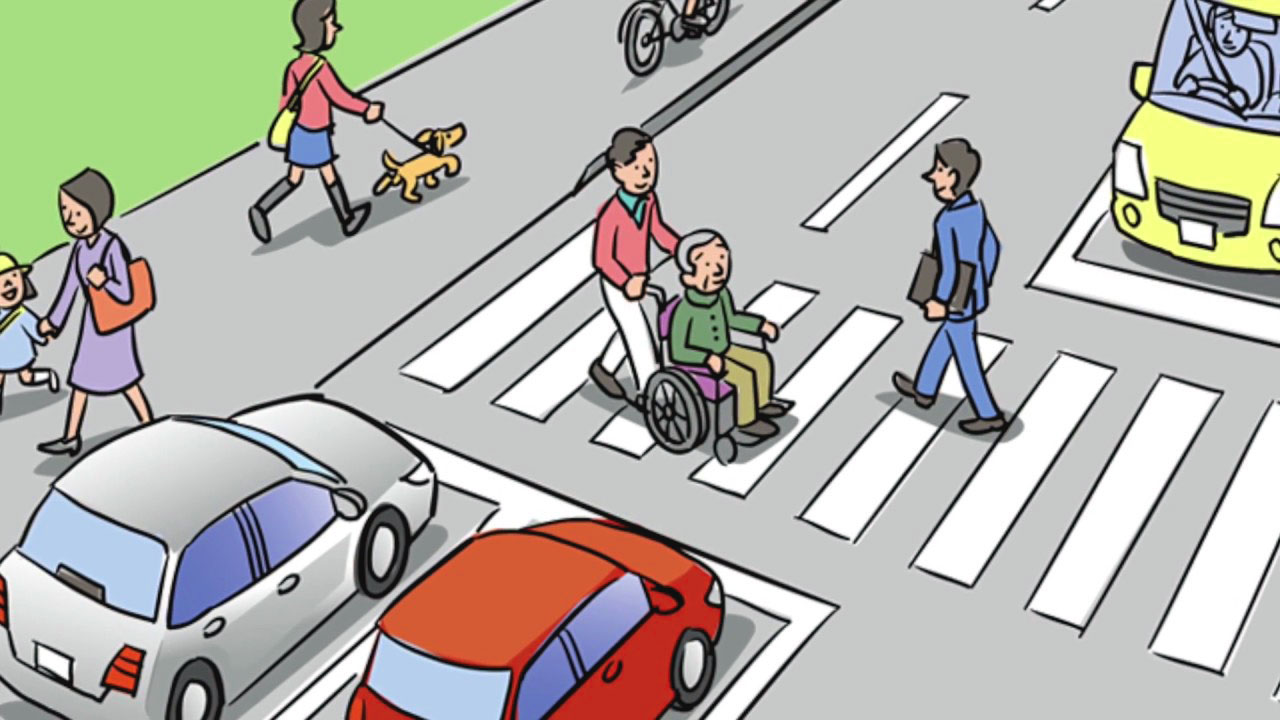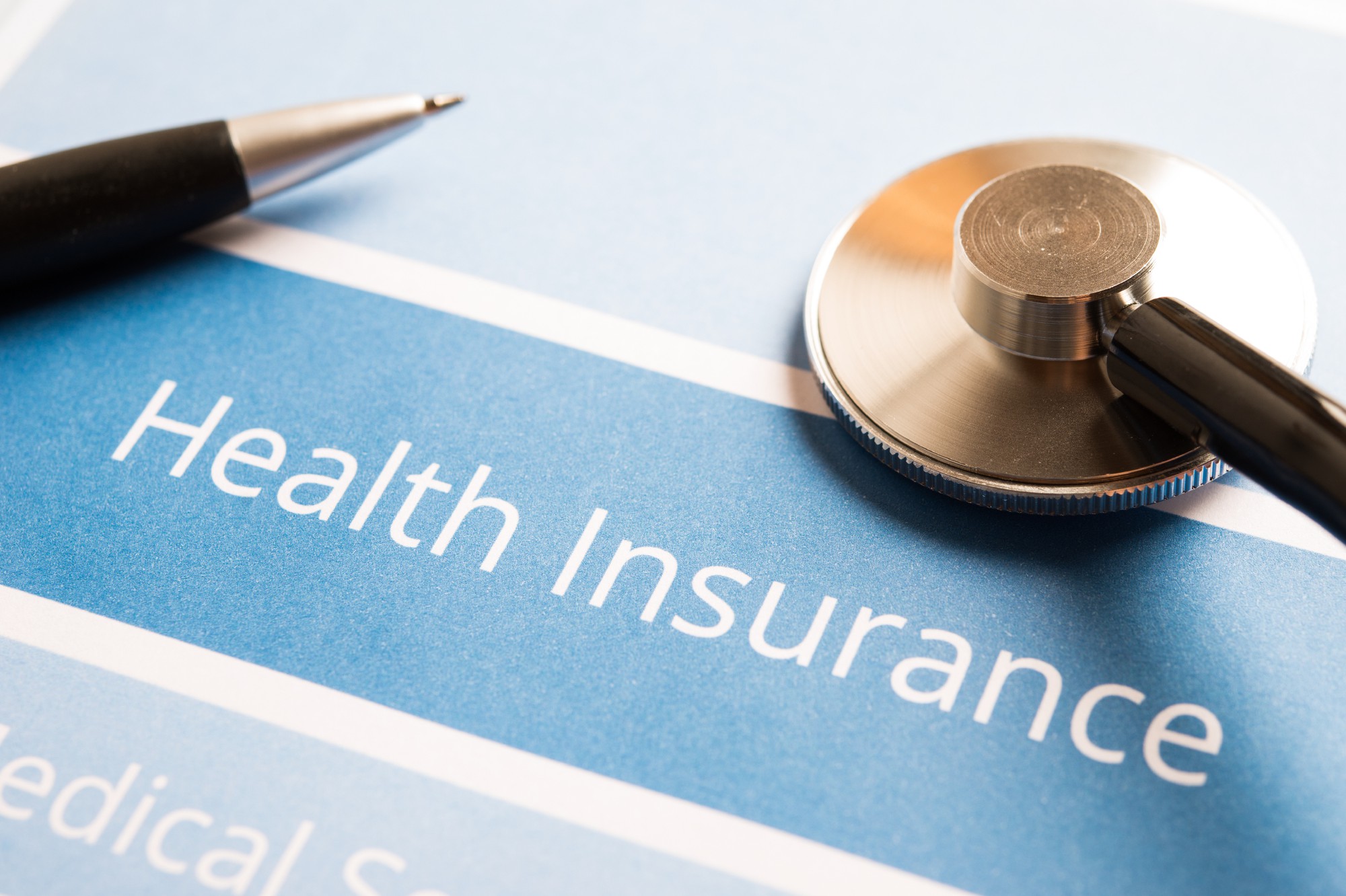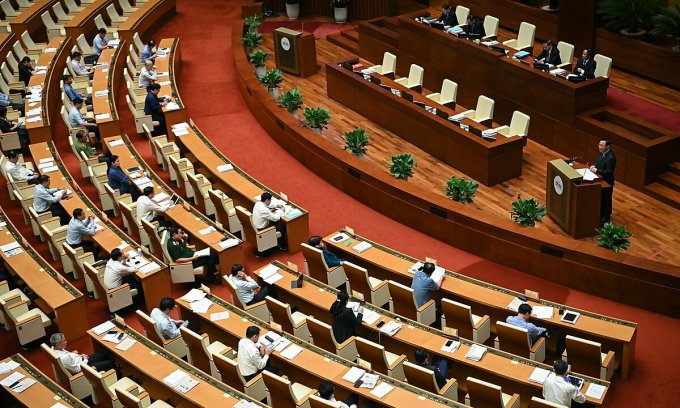General rules when participating in traffic in Vietnam

Rapid population growth puts a heavy burden on many areas, one of which is transportation. Traffic on the street cannot be based solely on the consciousness of individual road users, but there should be general rules and regulations. So about the matter “General rules when participating in traffic in Vietnam” Let’s find out with LSX in the article below.
Legal grounds
- Road Traffic Law 2008
What is the rule?
Rules are rules, standards or general formulas, conclusions that people must follow in a common activity or in a certain job.
From a legal perspective, rules are standards of conduct or regulations on tasks, processes and procedures that must be performed in a common activity, expressed in the form of a legal norm. Laws promulgated by competent State agencies, forcing relevant organizations and individuals to strictly abide by them and be guaranteed their implementation by the coercive power of the State.
Rules in English are understood as Rule/ Fundamental.
Rules are specific treaties prescribed by collectives, unions or steps to implement and explain something that has been recognized (such as in math, chemistry, etc.). The rule is usually applied in a certain area, field or area, and is valid for the subjects in the area / covered by that rule.
General rules when participating in traffic in Vietnam
According to Article 9 of the Law on Road Traffic No. 23/2008/QH13 dated November 13, 2008, the rules when participating in road traffic are as follows:
“Article 9. Road traffic rules:
1. Traffic participants must go on the right in their own direction, stay in the correct lane and section of the road, and must obey the road signal system.
2. If a car is equipped with a seat belt, the driver and the person sitting in the front row of the car must wear a seat belt.”
To implement the above rule, road users need to:
+ Road users must go to the right in their direction, not allowed to go to the left, must stay in the right lane, are not allowed to encroach on the lanes of other vehicles, go on the right side of the road according to the law. Obey the road signs well, not allowed to run red lights.
+ For road users who ride by car, the car must be equipped with seat belts. When participating in traffic, the driver and the person sitting in the next row (the front seat) in the car must both be equipped with seat belts. seat belt must be fastened.
- ROAD SIGNAL SYSTEM
Pursuant to Article 10 of the Road Traffic Law No. 23/2008/QH13 dated November 13, 2008, the road signaling system is regulated as follows:
“Article 10. Road signaling system:
1. The road signaling system includes signals from traffic conductors; traffic light signals, road signs, road markings, marker posts or protective walls, barriers.
2. Signals of traffic controllers are as follows:
a) Hands raised vertically to signal to road users in all directions to stop;
b) Two arms or one hand outstretched to signal to road users in front and behind the traffic conductor to stop; road users on the right and left side of the traffic controller are allowed to go;
c) The right hand is raised forward to signal to road users behind and to the right of the traffic conductor to stop; road users in front of the traffic controller may turn right; road users on the left side of the traffic controller may go in all directions; Pedestrians crossing the street must go behind the traffic conductor.
3. Traffic light signals have three colors, specified as follows:
a) The green signal is to go;
b) The red signal means no travel;
c) The yellow signal is to stop before the stop line, unless you have gone beyond the stop line, you can continue; In the case of a flashing yellow signal, you are allowed to go, but you must slow down, pay attention to observe, and yield to pedestrians crossing the street.
4. Road signs include five groups, as follows:
a) Prohibited signs to indicate prohibitions;
b) Danger signs to warn of potentially dangerous situations;
c) Command signs to signal orders to be executed;
d) Signposts to show directions or things to know;
đ) Ancillary signs for additional explanation of prohibited signs, danger signs, command signs and instruction signs.
5. Road markings are lines indicating the division of lanes, position or direction, and stopping position.
6. Piles or protective walls are placed at the edge of dangerous road sections to guide traffic participants to know the safe range of the roadbed and the road’s direction.
7. Barriers are placed in places where roads are narrow, bridgeheads, culverts, restricted road sections, dead-end roads to prevent vehicles and people from passing or placed in places where traffic control and control is required.
8. The Minister of Transport shall provide specific regulations on road signs.”
– Pursuant to Clause 1, Clause 2, Clause 3, Article 10 mentioned above, that is:
+ The traffic controller is the traffic police; persons assigned the task of guiding traffic at construction sites, at traffic jams, at ferry terminals, at road bridges that go together with railways.
+ Traffic light signal is a device used to control traffic at intersections with a large amount of traffic (usually junctions, crowded intersections).
+ Signboards are signs with images erected on both sides of roads to provide specific useful information that is closely related to all traffic participants.
Road markings are a form of traffic signs to guide and control traffic on the road to help ensure vehicle traffic as well as safety for road users.
+ Protective wall is a device usually designed in the shape of a pyramid, painted in red, yellow, orange and placed on a flat surface.
Barriers are devices used to regulate, divide or warn traffic.
+ Traffic controller’s signal is a signaling system that traffic participants must obey.
+ Traffic light signal pole has 3 colors: green is allowed to go, red light to stop, yellow to slow down. In case the green light is on but both the yellow and red lights are on at the same time, the vehicles are still allowed to move, but must give priority to the vehicles in the other direction.
+ For road users when walking, there are 2 red and green lights: the red light can still stop, the green light is allowed to go. Pedestrians are only allowed to walk on the section of the road with white lines. When the light shows signs of flashing, it indicates that the light is about to change to another color.
– Pursuant to Clause 4, Article 10, prescribed above, road signs are understood as:
+ Prohibited signs are circular in shape, with a white background and red border.
+ Danger signs are in the shape of a triangle, with a yellow background and a red border.
+ Command signboard: Round shape, blue background. The content shown inside is centered and white. These are mandatory signs that all drivers, participating in traffic, must obey and follow, usually the directions to go, or the minimum speed limit…
+ Directional signs are rectangular or square, with a blue background. The content shown inside can be black, white, yellow or red.
+ Subtitle signs are rectangular or square, with a white background. The content shown inside is mainly black or red.
+ Road markings are shown in a variety of drawings, stripes … painted in white or yellow colors on the road surface.
- OPERATION OF ROAD SIGNALS
Pursuant to Article 11 of the Road Traffic Law No. 23/2008/QH13 dated November 13, 2008, the observance of road signs is as follows:
“Article 11. Obey road signs
1. Traffic participants must obey the signals and instructions of the road signal system.
2. When there is a traffic controller, the road users must obey the signal of the traffic controller.
3. Where there are permanent signs and temporary signals, road users must obey the orders of the temporary signals.
4. At places with pedestrian crossings, vehicle drivers must observe, slow down and give way to pedestrians and wheelchairs of people with disabilities crossing the street.
In places where there are no road markings for pedestrians, vehicle drivers must observe; if they see pedestrians or wheelchairs of people with disabilities crossing the street, they must slow down and give way to pedestrians or vehicles. wheelchairs of people with disabilities to cross the road to ensure safety.”
– Based on the above regulations, road users must obey the orders of traffic controllers, if not, they will be administratively sanctioned.
+ In the case of drivers of cars and vehicles similar to cars, a fine of from 200,000 VND to 400,000 VND will be imposed (Based on Clause 1, Article 5, Decree No. 100/2019/ND-CP dated December 30th). /2019 stipulates penalties for administrative violations in the field of road and rail traffic.)
+ In case the operator of motorcycles, mopeds (including electric scooters), motorcycles-like vehicles and motorcycle-like vehicles will be subject to a fine of between VND 100,000 and 200,000. Pursuant to Clause 1, Article 6, Decree No. 100/2019/ND-CP dated December 30, 2019 providing for penalties for administrative violations in the field of road and rail traffic.)
+ In case pedestrians violate, they will be fined from 60,000 VND to 100,000 VND (Based on Clause 1, Article 9, Decree No. major in road and rail traffic.)
Based on the above regulations, road users must obey the orders of traffic controllers, if not, they will be administratively sanctioned.
In the case of drivers of cars and vehicles similar to cars, a fine of from 200,000 VND to 400,000 VND will be imposed (Based on Clause 1, Article 5, Decree No. 100/2019/ND-CP dated December 30th). /2019 stipulates penalties for administrative violations in the field of road and rail traffic.)
In case the operator of motorcycles, mopeds (including electric scooters), motorcycles-like vehicles and motorcycle-like vehicles will be subject to a fine of between VND 100,000 and 200,000. Pursuant to Clause 1, Article 6, Decree No. 100/2019/ND-CP dated December 30, 2019 providing for penalties for administrative violations in the field of road and rail traffic.)
In case pedestrians violate, they will be fined from 60,000 VND to 100,000 VND (Based on Clause 1, Article 9, Decree No. major in road and rail traffic.)
Services of LSX
Prestigious professional services: Firstly, the team of consultants and consultants for many years in the field of civil status, and customer support.
On-time: Certainly, with the motto “Get your lawyer right at your fingertips”, we ensure the service always performs on time. The rights and interests of customers always come first.
Cost: Besides, LSX’s service costs are highly competitive; depending on the nature of the particular case. So, we want our guests to have the best possible service experience. Therefore, costs which guaranteed to be the most suitable and economical for customers.
Confidentiality of client information: Finally, all brand information of client LSX will be 100% confidential.
Please contact us immediately if you have any questions about “General rules when participating in traffic in Vietnam”
Contact LSX
Finally, hope this article is useful for you to answer the question about “General rules when participating in traffic in Vietnam” If you need any further information, please contact LSX Law firm: at +84846175333 or Email: [email protected]
Please see more
- Provisions on prohibited roads under Vietnam law
- Procedure to deal with traffic accidents in Vietnam
- Determining the fault factor when a traffic accident occurs in Vietnam
Frequently asked questions
According to Article 9 of the Law on Road Traffic No. 23/2008/QH13 dated November 13, 2008, the rules when participating in road traffic are as follows:
“Article 9. Road traffic rules:
Traffic participants must go on the right in their own direction, stay in the correct lane and section of the road, and must obey the road signal system.
If a car is equipped with a seat belt, the driver and the person sitting in the front row of the car must wear a seat belt.”
Follow the general rules when participating in traffic, what do road users need to do?
Road users must go to the right in their direction, not allowed to go to the left, must stay in the right lane, are not allowed to encroach on the lanes of other vehicles, go on the right side of the road according to the law. Obey the road signs well, not allowed to run red lights.
For road users who ride by car, the car must be equipped with seat belts. When participating in traffic, the driver and the person sitting in the next row (the front seat) in the car must both be equipped with seat belts. seat belt must be fastened.
Article 11. Obey road signs
Traffic participants must obey the signals and instructions of the road signal system.
When there is a traffic controller, the road users must obey the signal of the traffic controller.
Where there are permanent signs and temporary signals, road users must obey the orders of the temporary signals.
At places with pedestrian crossings, vehicle drivers must observe, slow down and give way to pedestrians and wheelchairs of people with disabilities crossing the street.
In places where there are no road markings for pedestrians, vehicle drivers must observe; if they see pedestrians or wheelchairs of people with disabilities crossing the street, they must slow down and give way to pedestrians or vehicles. wheelchairs of people with disabilities to cross the road to ensure safety.
Road users must go to the right in their direction, not allowed to go to the left, must stay in the right lane, are not allowed to encroach on the lanes of other vehicles, go on the right side of the road according to the law. Obey the road signs well, not allowed to run red lights.
For road users who ride by car, the car must be equipped with seat belts. When participating in traffic, the driver and the person sitting in the next row (the front seat) in the car must both be equipped with seat belts. seat belt must be fastened.
Conclusion: So the above is General rules when participating in traffic in Vietnam. Hopefully with this article can help you in life, please always follow and read our good articles on the website: lsxlawfirm.com




